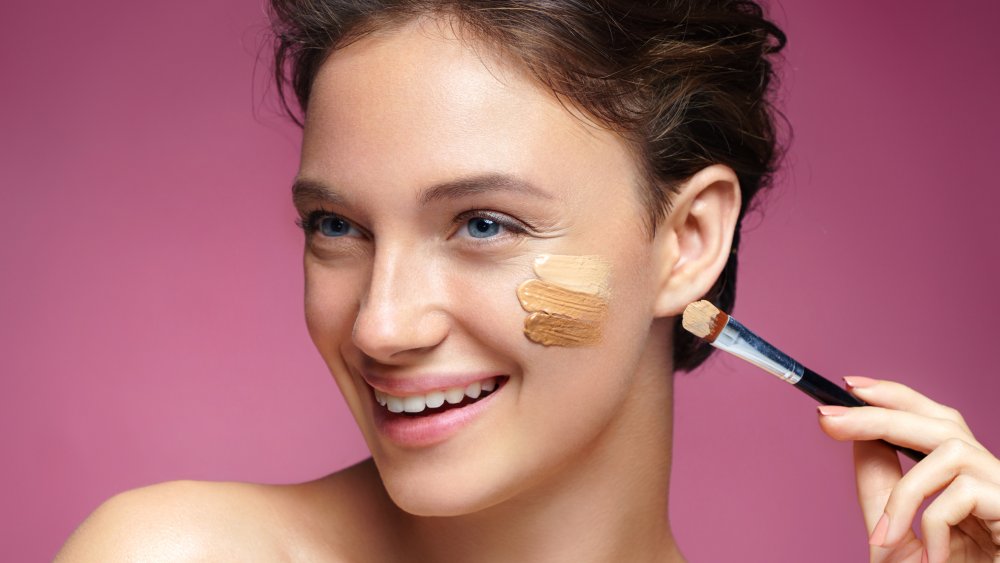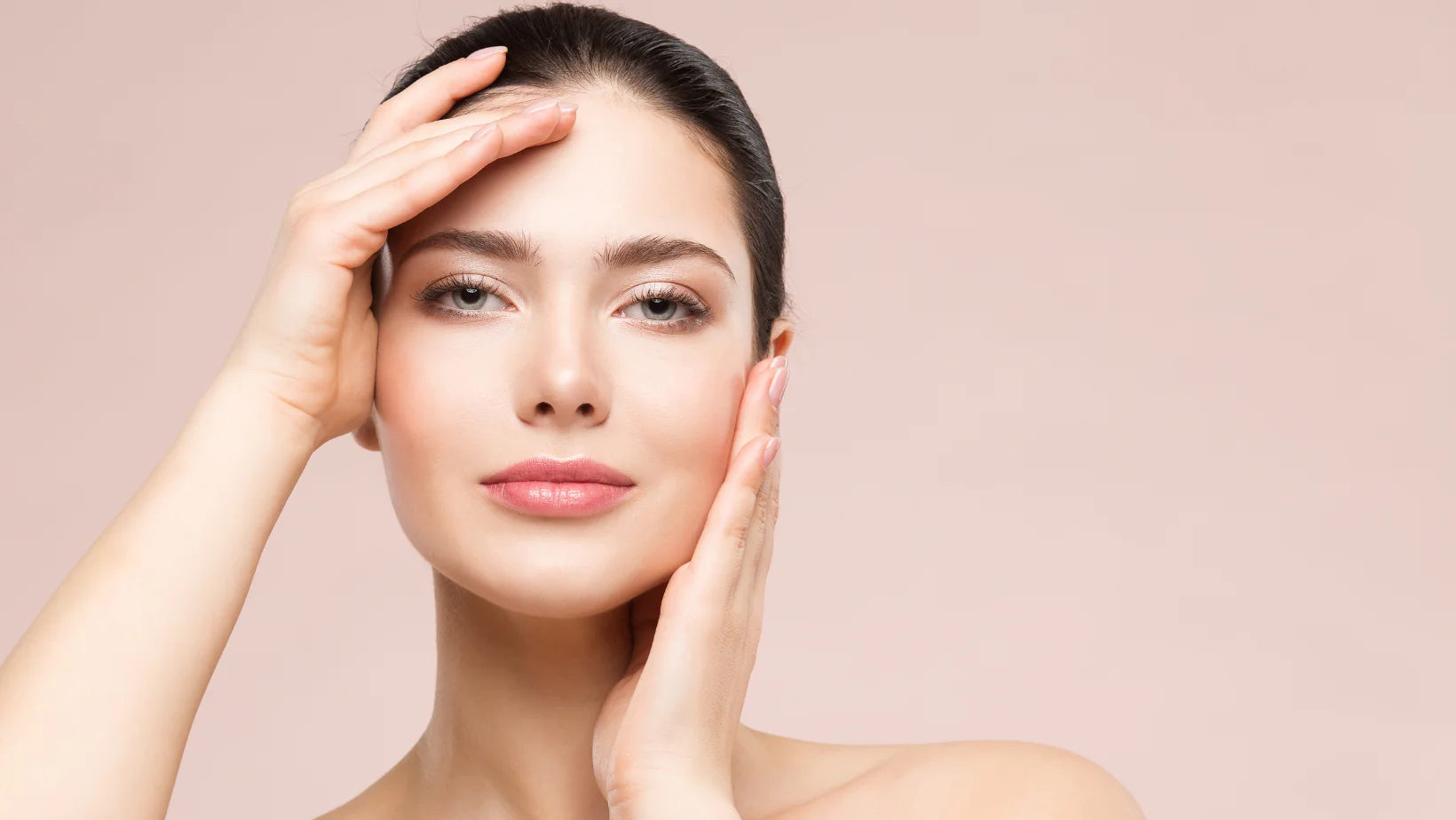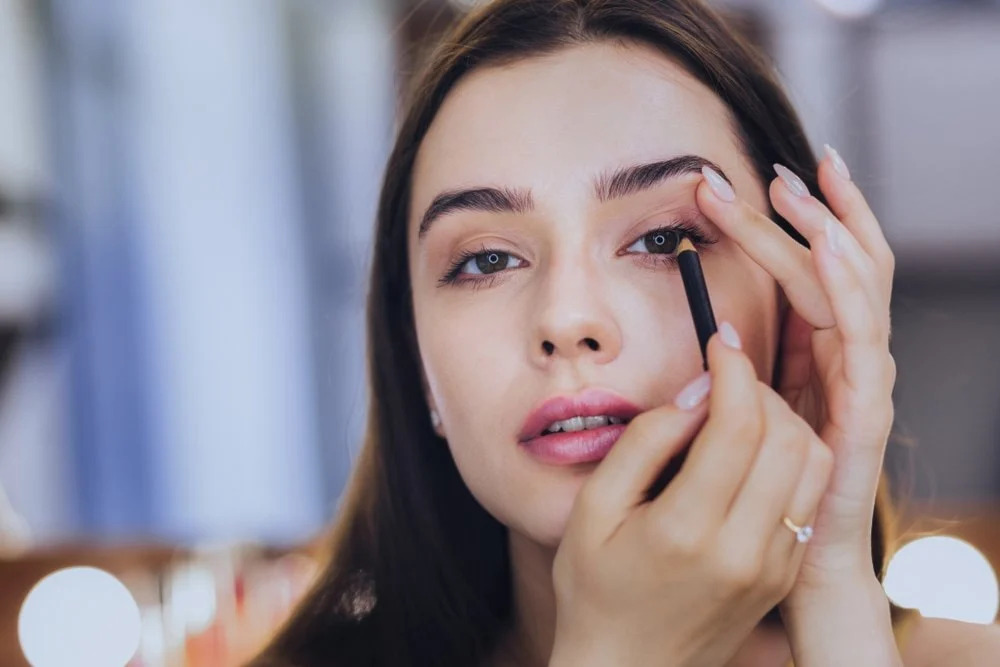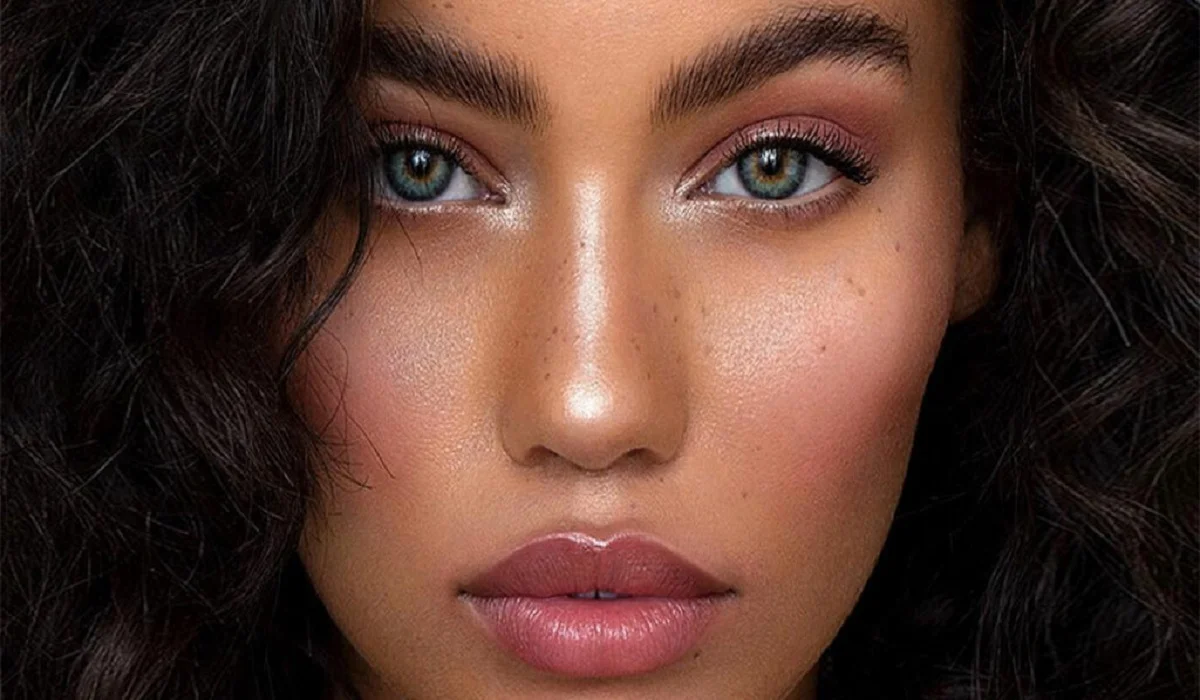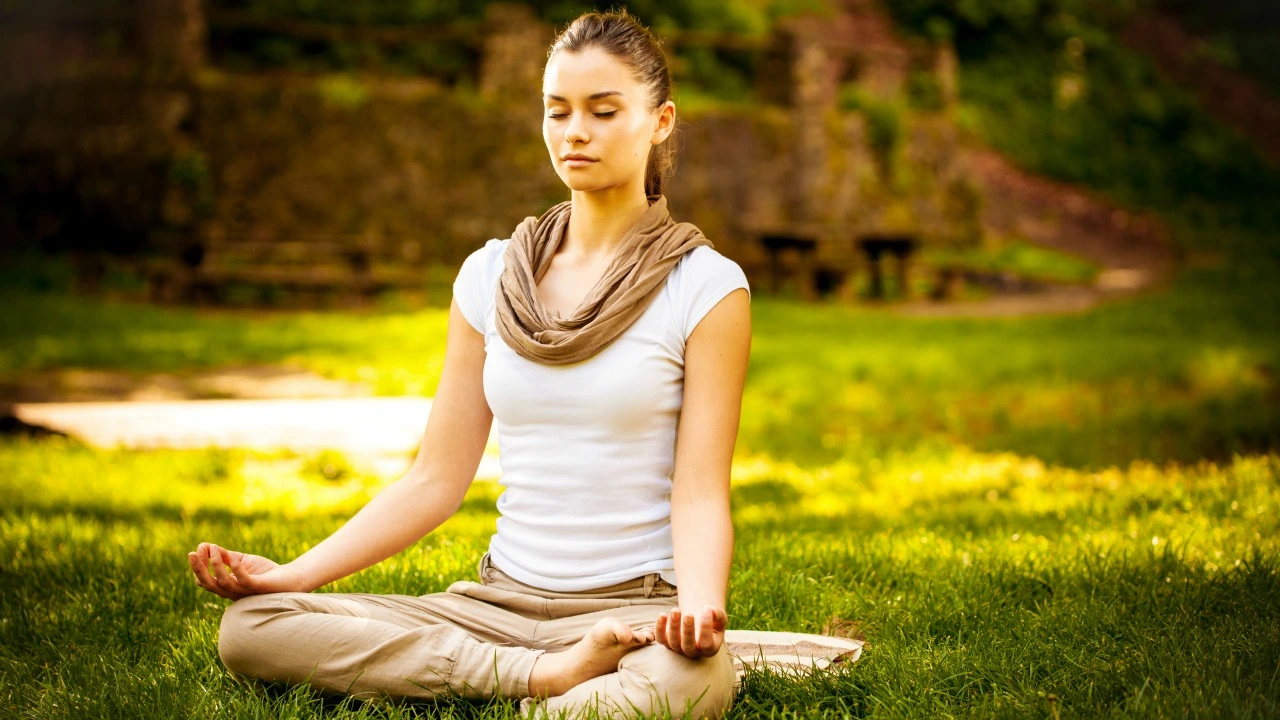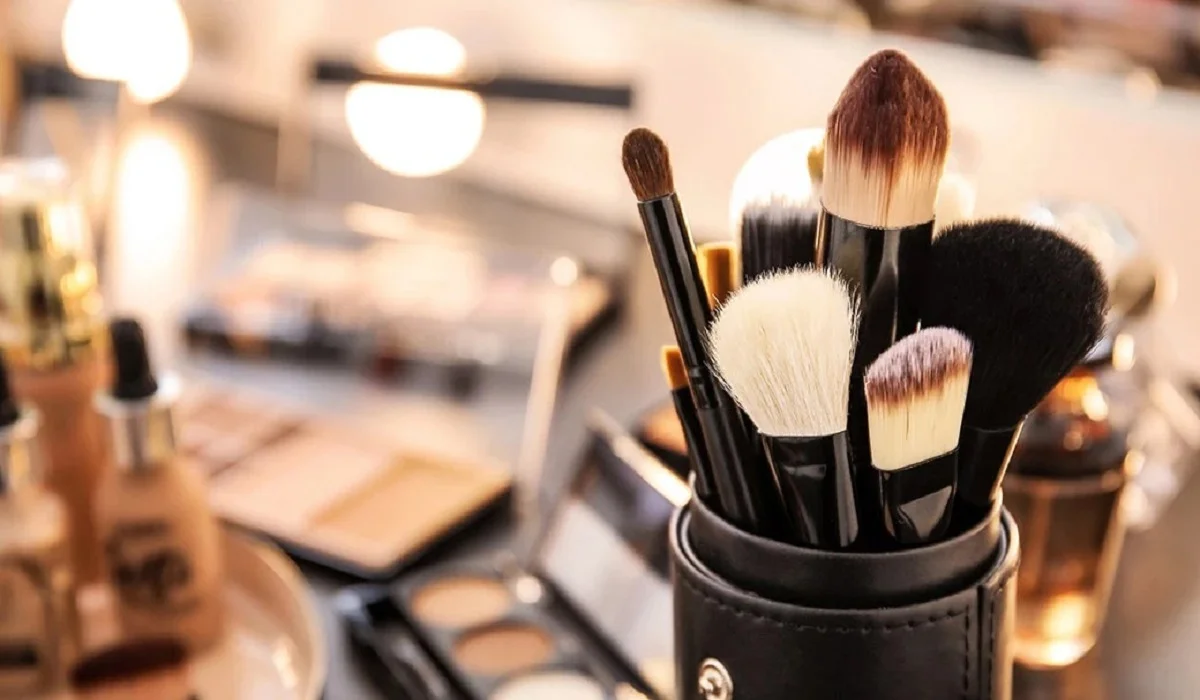In our quest for impeccable grooming and the perfect hair day, the role of dry shampoo has become increasingly pivotal. This marvel of modern haircare, designed to refresh and revitalize our locks without the use of water, is more than just a quick fix for greasy hair. It’s a testament to the ingenious solutions that have arisen to meet the demands of our bustling lifestyles. This comprehensive guide dives deep into the essence of dry shampoo, unraveling its benefits, and shedding light on considerations to ensure you wield this powerful tool with wisdom.
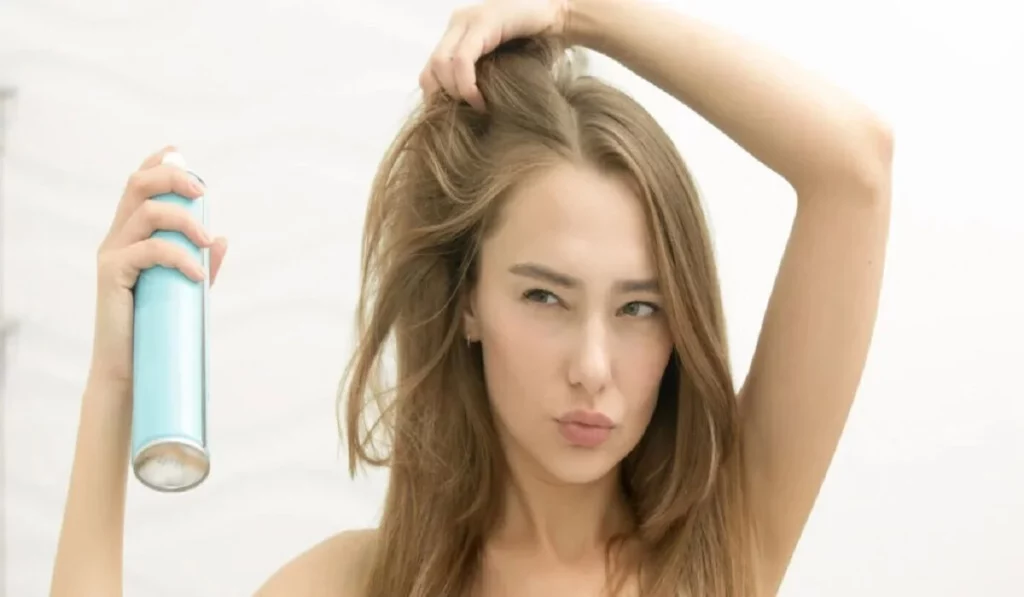
The Essence and Efficacy of Dry Shampoo
At its core, dry shampoo is a haircare product that promises to absorb excess sebum and other impurities from your scalp and hair, leaving it looking and feeling clean, without the need for water. Its primary ingredients, often a combination of absorbing agents like starches or alcohols, work by soaking up oil, thereby diminishing the greasy appearance that can plague our hair between washes.
The Multifaceted Benefits of Dry Shampoo
Convenience at Your Fingertips
The foremost advantage of dry shampoo is its unmatched convenience. It’s the perfect ally for those mornings when time is of the essence, allowing you to extend the life of your hairstyle or blowout without the time-consuming process of washing, drying, and styling.
A Boost of Volume and Texture
Beyond oil absorption, dry shampoo can significantly enhance the volume and texture of your hair. A quick application can transform limp and lifeless strands into a full-bodied mane, offering a texture that can hold styles more effectively.
Oil Management and Scalp Health
For individuals grappling with oily hair, dry shampoo can be a godsend. It aids in managing sebum production, ensuring that your hair remains fresh and voluminous longer. However, it’s crucial to balance its use with regular hair washing to maintain optimal scalp health.
Mastering the Application of Dry Shampoo
The magic of dry shampoo lies not only in its formulation but also in its application. To reap its full benefits, a correct approach is essential. Begin by shaking the container to evenly distribute the product. Hold it a few inches away from your head, targeting the roots, and apply it in short bursts. After letting it sit for a few minutes to absorb the oils, massage your scalp with your fingertips or brush your hair to remove any residual powder. This method ensures an even application, preventing the dreaded white residue and maximizing oil absorption.
Considerations for the Judicious Use of Dry Shampoo
While dry shampoo stands out for its numerous advantages, mindful usage is key to avoiding potential pitfalls. Overreliance on dry shampoo can lead to product buildup, which may clog hair follicles and impede hair health. Moreover, selecting a dry shampoo that aligns with your hair type and color, and contains ingredients that nurture rather than harm your scalp, is paramount.
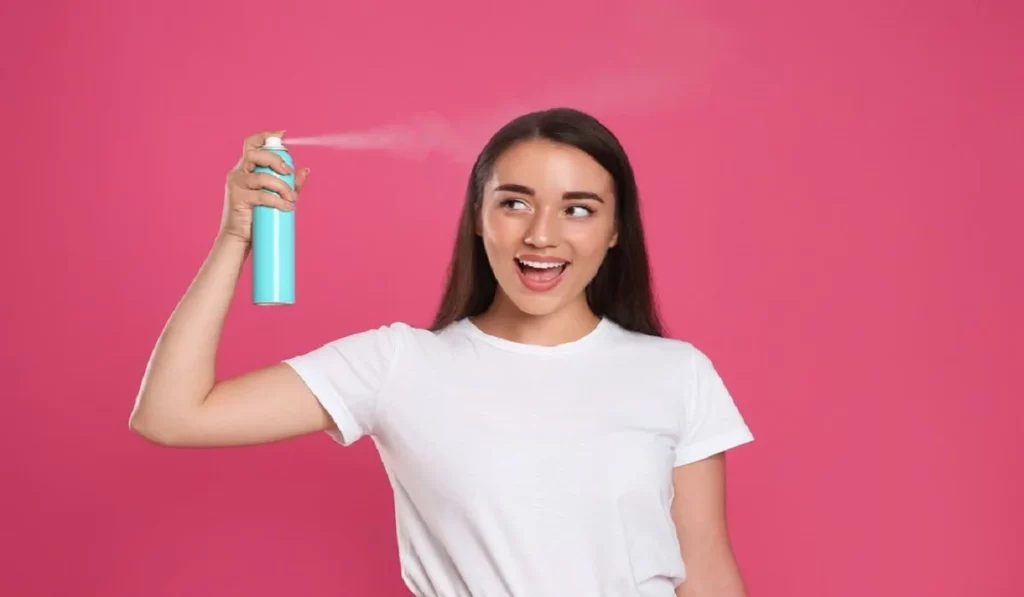
The Environmental Perspective
The environmental impact of dry shampoo, particularly aerosol versions, cannot be overlooked. The propellants used in aerosol cans contribute to their carbon footprint. Hence, exploring non-aerosol options, which tend to have a lesser environmental impact, can be a step towards more sustainable beauty practices.
Navigating Common Missteps
A common mistake with dry shampoo usage is overapplication, which can leave hair looking dull and heavy. To avoid this, start with a small amount and gradually increase as needed. Additionally, ensuring proper distribution and focusing on the roots rather than the entire length of the hair can prevent an unnatural appearance.
Exploring Alternatives and Embracing Balance
While dry shampoo offers a convenient shortcut to clean-looking hair, incorporating natural alternatives and adopting a balanced approach to hair care can enhance overall hair health. Natural starches like cornstarch or rice flour can serve as effective homemade dry shampoos. Embracing a holistic hair care regimen that includes regular washing, conditioning, and nourishing treatments will ensure that your hair remains healthy, vibrant, and strong.
Dry shampoo is a testament to the innovative spirit of hair care, offering a practical solution to modern-day challenges. By understanding its benefits and considerations, and applying it with care, you can integrate dry shampoo into your hair care routine in a way that enhances your hair’s beauty and health. As with all aspects of grooming and beauty, moderation is key. Embrace dry shampoo as a complement to, rather than a replacement for, traditional hair care practices, ensuring that your locks remain lustrous and healthy.
How often can I use dry shampoo? Limit dry shampoo use to a few times a week to avoid buildup and ensure your scalp remains healthy.
Can dry shampoo cause hair loss? When used appropriately, dry shampoo does not cause hair loss. However, excessive use and buildup can potentially irritate the scalp and affect hair health.
Is dry shampoo suitable for all hair types? Yes, but choosing a formula that suits your specific hair type and color can enhance its effectiveness and prevent residue.
How can I remove dry shampoo buildup? Regular washing with a clarifying shampoo can help remove buildup and keep your scalp healthy.

